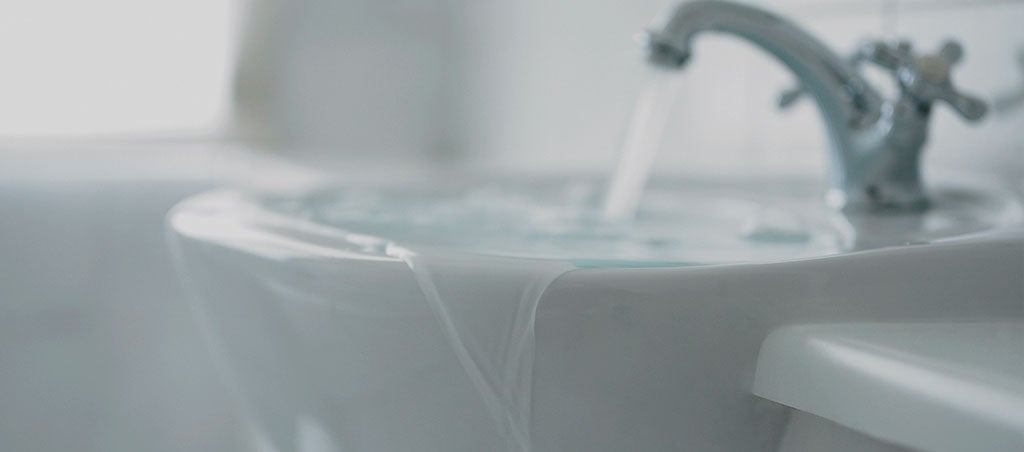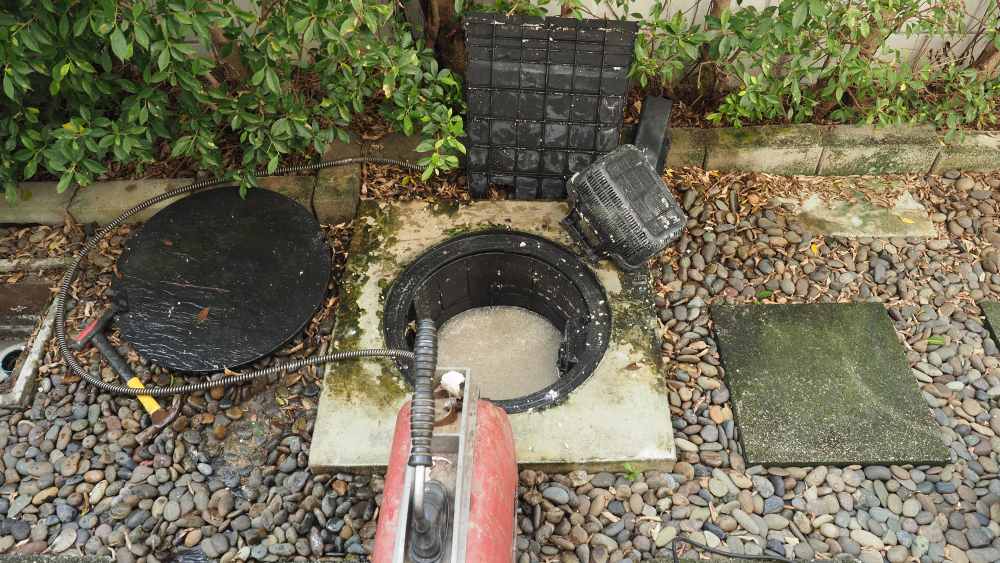What to Deal with a Blocked Drain Prior to Contacting Plumbing Experts
What to Deal with a Blocked Drain Prior to Contacting Plumbing Experts
Blog Article
Right here on the next paragraphs you can find additional incredibly good answers concerning 8 Tips For Clearing A Blocked Drain.

Intro
Taking care of an obstructed drainpipe can be a discouraging experience, interfering with everyday activities and possibly creating damage to your residential property. Nonetheless, before reaching out to plumbing professionals, there are actions you can take to address the concern yourself. In this guide, we'll discover DIY options and safety nets to take on a blocked drain successfully.
Identifying the Concern
The initial step in resolving a blocked drain is recognizing the indicators. Sluggish drain, gurgling audios, foul odors originating from drains pipes, or water backing up are common indicators of an obstructed drain. Recognizing these indicators early can help prevent additionally difficulties.
Choosing the Right Plumbing Solution
When choosing a plumbing service, consider aspects such as experience, licensing, and client evaluations. Choose a trustworthy plumbing with a track record of top quality craftsmanship and transparent rates techniques.
Price Factors to consider
The cost of specialist drain cleaning company can differ depending on the intensity of the obstruction and the plumbing's prices. Demand quotes from multiple suppliers and inquire about any type of additional charges to make sure transparency and stay clear of surprises.
Safety and security Measures
When attempting do it yourself drain cleansing, focus on security. Put on safety handwear covers and eyeglasses to avoid contact with hazardous chemicals or microorganisms. Never ever blend different drain cleaning items, as this can create hazardous fumes.
Situation Studies
Real-life examples show the efficiency of DIY options and the value of prompt expert intervention in settling drainpipe obstructions.
Typical Reasons For Blocked Drainpipes
Recognizing the factors that add to drain pipes clogs is necessary for efficient resolution. Common wrongdoers include hair, soap scum, oil, food debris, and international objects like hygienic items or paper towels. Tree roots attacking underground pipelines can likewise create considerable clogs.
DIY Solutions
For small clogs, numerous DIY services can be reliable. Pouring boiling water down the drainpipe can aid dissolve oil and debris. Sodium bicarbonate and vinegar or a mixture of salt and baking soda can serve as natural cleaners. Making use of a plunger or plumbing serpent to displace obstructions is one more choice.
Tools and Tools
Having the right tools available can make DIY drainpipe cleansing extra efficient. A bettor is a functional device for getting rid of obstructions in sinks, bathrooms, and showers. A plumbing snake or auger can get to deeper clogs, while drainpipe cleansing chemicals can be utilized very carefully for stubborn clogs.
Preventive Measures
To avoid future obstructions, adopting preventive measures is crucial. Mount drain guards or filters to catch hair and debris before they get in the pipes. Routinely flush drains pipes with hot water to dissolve oil buildup, and prevent dealing with grease or solid waste down the tubes.
When to Call a Specialist
While do it yourself remedies can solve small clogs, particular signs show the demand for specialist aid. Consistent obstructions, foul odors despite cleansing initiatives, or multiple drains backing up at the same time are red flags that necessitate experienced intervention.
Final thought
By complying with the suggestions described in this guide, you can effectively tackle obstructed drains pipes and avoid future plumbing concerns. Whether selecting DIY solutions or seeking specialist help, prompt activity is essential to maintaining a healthy and balanced plumbing system and protecting the integrity of your home.
How to Clear a Clogged Drain Yourself (And When to Call In the Professionals)
What Can Clog a Drain
Dirt Skin flakes Hair Grease Soap scum Food Offset pipes Tree roots Small objects Mineral buildup DIY Tricks to Unclog a Drain
You can fix this! Once you have identified the source of the clog (or have a vague idea), you can try one or a combination of these fixes in order to clear your plumbing.
Wire Hanger or Snake
Untangle and clear out hair from a drainpipe with a homemade snake. Use a straightened-out wire hanger with a 90-degree angle hook to locate the clog and drag out any unwanted material.
Remember not to push the clog further down to where the wire hanger cannot reach! If you need to follow up with a plunger, give it a try. Your efforts might be more successful after it’s been wire-snaked.
If you want to get fancy and don’t have a wire hanger to spare, head to the store and pick up a hand-operated drain snake. You can get one for $10-$30. It may save you the hassle, and provide additional length to reach deep into the clogged pipe.
Plunger
A cup plunger has a suction cup attached to a wooden handle. The rubber creates a seal around the drain, and increases the pressure force of the plunger.
Plunge for 30-second increments to loosen the clog. This may need to be repeated over the course of 15-20 minutes. Once plunged, run the water to flush the remaining material out of the drain.
Remember– never use a plunger if you have used a chemical drain cleaner. These chemicals can splash up from the force of the plunger and cause serious injury or burns.
Boiling Water
Hot water can sometimes break up materials into a flushable amount. Dirt, grease, and soap buildup requires heat in order to unstick from surfaces.
Take your kitchen kettle and heat your water to a boil. Once it reaches a rolling boil, pour it directly down the drain into the blockage. Carefully follow with plunging, if necessary.
Don’t worry if this takes more than one try! It can often take multiple kettles and repeated plunging in order to clear a particularly stubborn clog.
Chemical Drain Cleaner
As a last resort, pick up a bottle of chemical drain cleaner. Drain-cleaning chemicals are potent, and not very good for the environment.
You may need to wear protective eyewear in gloves before handling your bottle of chemical drain cleaner. Follow the instructions printed on the bottle, and flush with water as soon as the instructions allow. Do not follow with plunging.
Baking Soda and Vinegar
As a safer alternative to chemical drain cleaner, baking soda and vinegar can create a chemical reaction that clears tough clogs.
Combine one cup of cleaning vinegar with one cup of boiling water, and set aside. Once you have done this, pour half a cup of baking soda down the drain. Give the baking thirty seconds to settle and cover a large portion of the problem drain.
Following the baking soda, pour down your vinegar and hot water solution. Once the vinegar and baking soda combine, the mixture will bubble and fix. Let this reaction fizzle in the drain for about an hour.
After an hour, follow with a kettle’s worth of hot water. The heat and liquid should flush out any remaining material.
When to Call a Plumber
If your DIY attempts haven’t cleared your clog drain, it’s time to call in a professional. It’s not worth losing access to your kitchen sink or high-traffic bathroom. A clog in a vital area can keep you from the things you’d rather be doing, and derail your routine.
Anytime a clog is causing water to spread is a time to call in a plumbing service. What starts out as a little bit of water can quickly grow into serious, expensive water damage.
Additionally, a serious clog can result in burst pipes or serious leaks. Make sure you know when to take it seriously!
https://myguysnow.com/how-to-clear-a-clogged-drain-yourself-and-when-to-call-in-the-professionals/

I have been very drawn to How to handle a clogged drain in your home and I really hope you liked my blog post. Do you know about anybody else who is sincerely interested in the subject? Why not share it. We enjoy reading our article about What I learned from trying to deal with a clogged drain.
Article Report this page